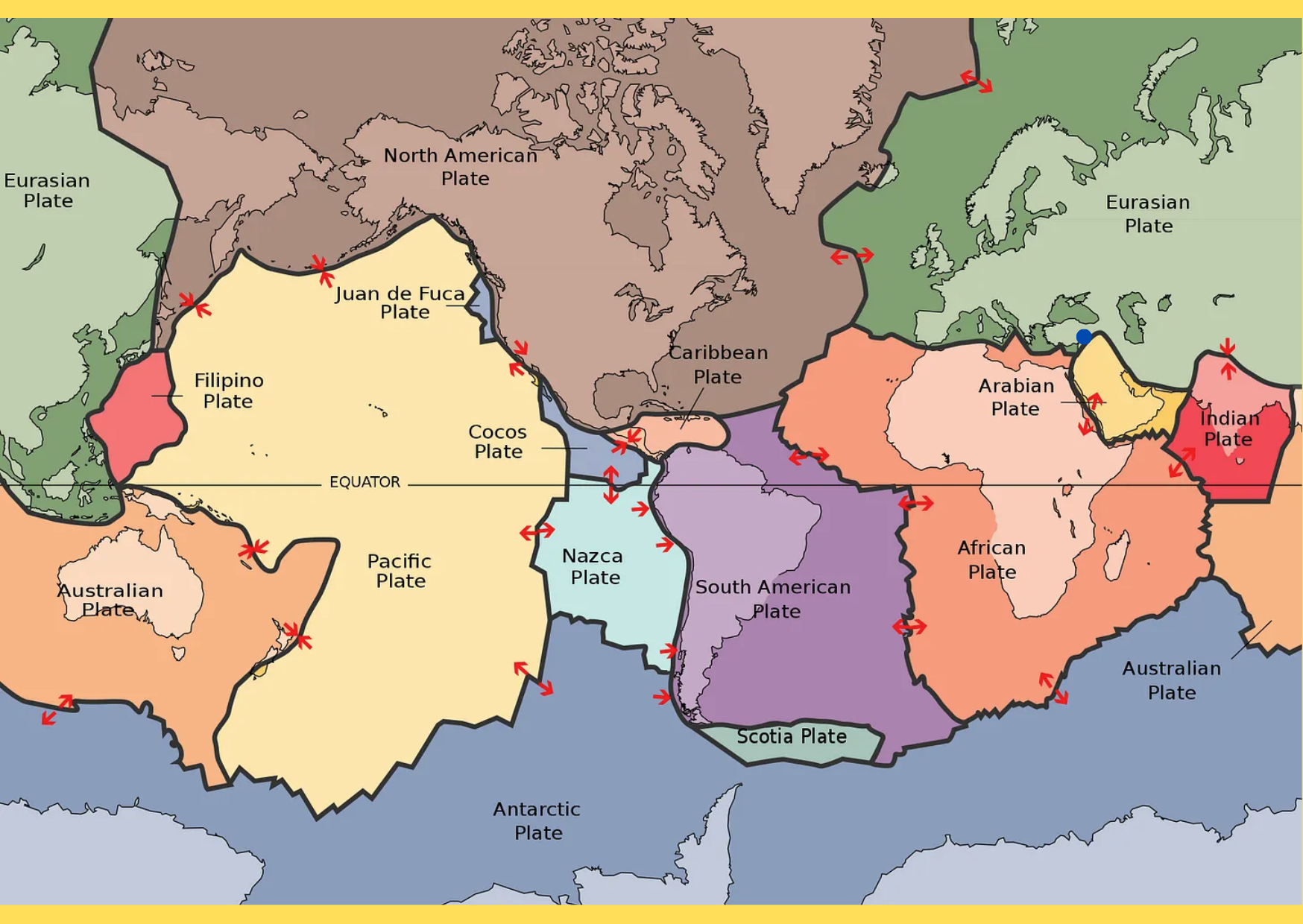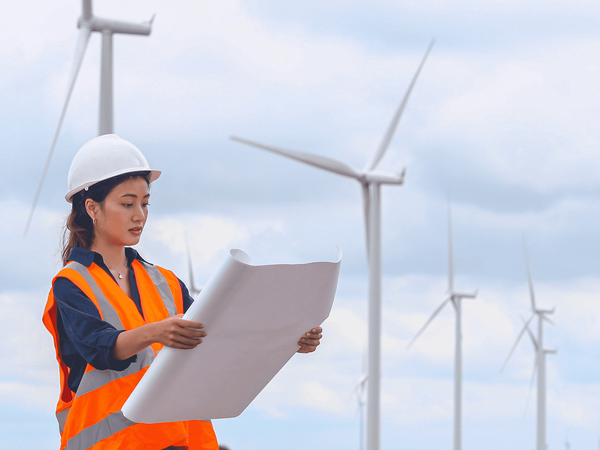NASA Scientists contradict whether climate change triggers an earthquake

The team of scientists, led by Dr. Lorna Strachan from the University of Auckland, are currently testing the connection between climate change and the increased frequency of earthquakes.
Earthquakes are destructive natural disasters that can occur anywhere and anytime— ranging in their intensity from not being able to feel anything to a mild rumble to a catastrophic destruction level. The surface of the earth is made up of tectonic plates, which vary in size and number, with the largest of the plates being nearly 103 million square kilometres.
The plates move towards or away or simply slide past each other, attributed to the heat from radioactive processes within the planet’s interior. After many years of rubbing each other, friction is built up that hinders plates’ movement.
As a result, the pressure builds up at the faults that separate the two plates. Eventually, they detach, releasing a tremendous amount of stored energy in the form of seismic waves that shake the earth.

Figure 1 is the simplified Earth’s principal tectonic plates (bold black lines). The places where different plates meet are plate boundaries, and the places that are located at the edge of these boundaries are more prone to earthquakes than others.
The epicentre of the recent Turkey-Syria earthquake is marked by a dark blue dot at the boundary of the Eurasian plate. As of writing this article, Turkey and Syria are currently counting the death toll of more than 42,000 people from the earthquake.
Climate change induces earthquakes
It is difficult to quantify the role of climate change in initiating earthquakes because earthquakes happen underground, where surface temperature and conditions are irrelevant.
Drought as a result of climate change, for example, could be a significant influencer, according to scientists. The loss of water due to droughts can alter the size of mountains, which, in theory, results in a change of stress on faults.
NASA studied data from a network of high-precision GPS stations in California, Oregon and Washington and found that alternating periods of drought and heavy precipitation in the Sierra Nevada between 2011 and 2017 caused the mountain range to rise by nearly an inch and then fall by half that amount during the drought.
Read: Heat wave grips Europe: Climate crisis intensifies
During drought, people pump groundwater that seems to impact patterns of stress loads by unweighting the Earth’s crust. Such stresses could become more significant with a long period of pumping by contributing to changing between both sides of a fault line and initiating an earthquake.
In a 2018’s study, the University of Leeds team demonstrated through a calculation that the rapid movement of glaciers causes glacial earthquakes. A more recent article in 2020 by another team discusses the contribution of glacial melt to a magnitude 7.8 earthquake in Alaska in July 1958, which is the warmest month and the warmest year since 1944.
The authors estimated that glacial melt increased the probability of the event occurring by 2%— although not a significant amount, Arctic amplification is causing rapid glacial melt in high latitudes, so more activity like this can occur in the future.
Read: European Glaciers Are Disappearing
An earthquake has also been linked to heavy rainfall and typhoons previously. Liu and team provided convincing evidence for a link between typhoons barreling across Taiwan and the timing of small earthquakes beneath the island. The powerful hurricanes reduce atmospheric pressure that allows faults within the crust to move easily and release accumulated strain.
The University of Miami’s Shimon Wdowinski noticed in his study that in some parts of the tropics, large earthquakes tend to follow exceptionally wet hurricanes or typhoons, most notably the devastating quake that took up to 220,000 lives in Haiti in 2010. The erosion of landslides caused by the torrential rains acts to reduce the weight of any fault below, allowing it to move more easily.
Or the impact could be modest
There are also contradicting views. According to the U.S. Geological Survey, large changes in atmospheric pressure caused by major storms like hurricanes can trigger slow earthquakes but not necessarily result in ground shaking as traditional earthquakes do.
NASA geophysicist Paul Lundgren remarks that the largest climate variable that could change fault stress loads is surface water in the form of rain and snow, but these types of correlations are in microseismicity— tiny earthquakes with magnitudes less than zero, far smaller than humans can feel.
To put the debate behind, Dr. Lorna Strachan, a senior lecturer at the University of Auckland and his team of scientists from New Zealand, the UK, the USA, Portugal, the Netherlands, Germany, and Australia has begun multi-year research on the 500-metre-long sediment core retrieved from the Hikurangi Subduction Zone, which is New Zealand’s largest and most active fault.
The sediment core on the seafloor contains material that has been deposited over the last 800,000 years. The project will test the link between rising sea-level during periods of warming climate and increased frequency of volcanic eruptions and earthquakes.
According to Dr. Strachan, the plan is to deposit material overtime on the seafloor and build it up in layers, each representing a period in time, with the deepest layers being considered the oldest material. The team will analyze each of these layers using state-of-the-art techniques to piece together a record of large earthquakes and volcanic eruptions. The result will be published after the project finishes in March 2024 and is believed to detail a quantitative analysis of the relationship between climate change and earthquakes.
Summary
- Last week, earthquakes in Turkey and Syria left a trail of unprecedented devastation
- It is hard to know what triggered this horrific natural disaster
- Whether climate change initiates earthquake is a long-standing debate
- Some scientists are concerned about the increasing risk of earthquakes due to climate change



